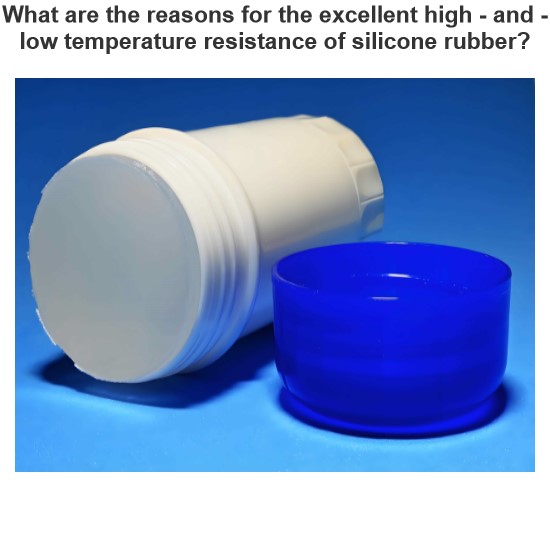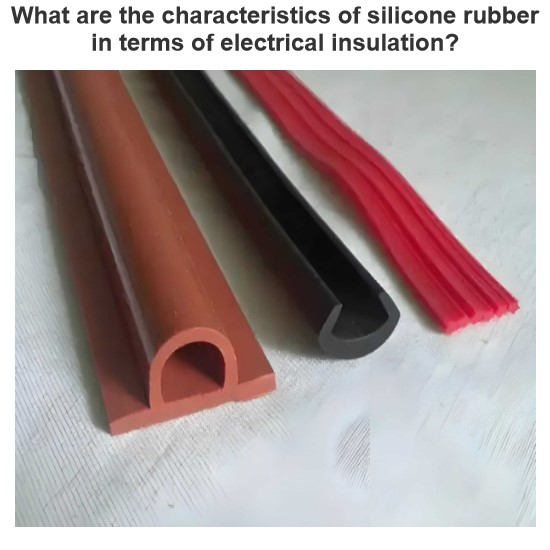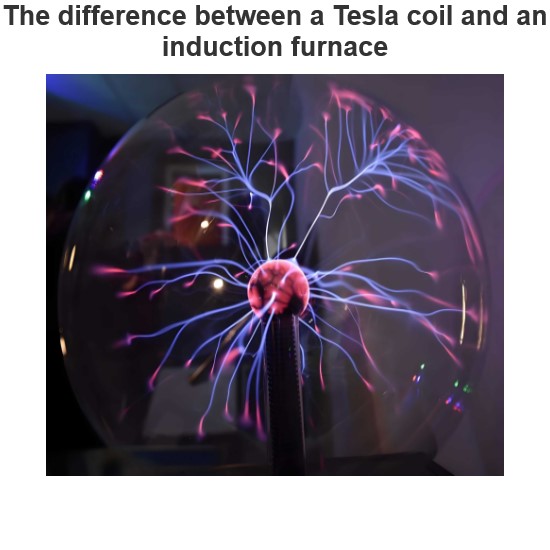Spirometer Working Principle of Spirometer
Spirometer is a biomedical device which measures the lung capacity and lung volume. The constructional feature of a spirometer is very simple. It mainly consists of a container which collects gas. To understand the basic working principle of a spirometer, we need to look into the basic construction of a spirometer. The water-sealed model is one of the popular types of spirometers. Let us discuss the construction and working of a water seal spirometer for the purpose of understanding.
Water Seal Spirometer
It consists of an upright, water-filled cylinder of capacity 6 to 8 liters. Inside the cylinder, an inverted weighted bell jar is attached. The breathing piping arrangement from the bottom of the water-filled container is projected above the water level inside the bell jar as shown below.
When a person breathes into the bell through the breathing pipe, the volume of air trapped inside it gets changed. The changing air volume gets converted into vertical motion of the bell jar and hence the position of hanging weight changes accordingly. This is because another end of the string attached to the bell jar is attached with the weight via pulleys. The patient breathes air into the tube via the mouthpiece. During each cycle of inhalation and exhalation, the jar moves up and down. It depends on the volume of air inhaled or exhaled into or from the air inside the jar.
The weight attached to the string moves up and down depending on the movement of the bell jar. A pen is attached to the weight, which draws the graph on the paper attached to a rotating drum. The graph produced is known as Kymograph.
The vertical movement of the weight can be converted to the electrical signal to produce a display on the instrument screen. In that case, a linear potentiometer is attached to the weight to produce the electrical signal corresponding to the weight movement. Resultant graph is Kymograph. A spirometer is considered a mechanical integrator. Input is airflow and volume displacement is the output.
Statement: Respect the original, good articles worth sharing, if there is infringement please contact delete.
Electrical4U is dedicated to the teaching and sharing of all things related to electrical and electronics engineering.













